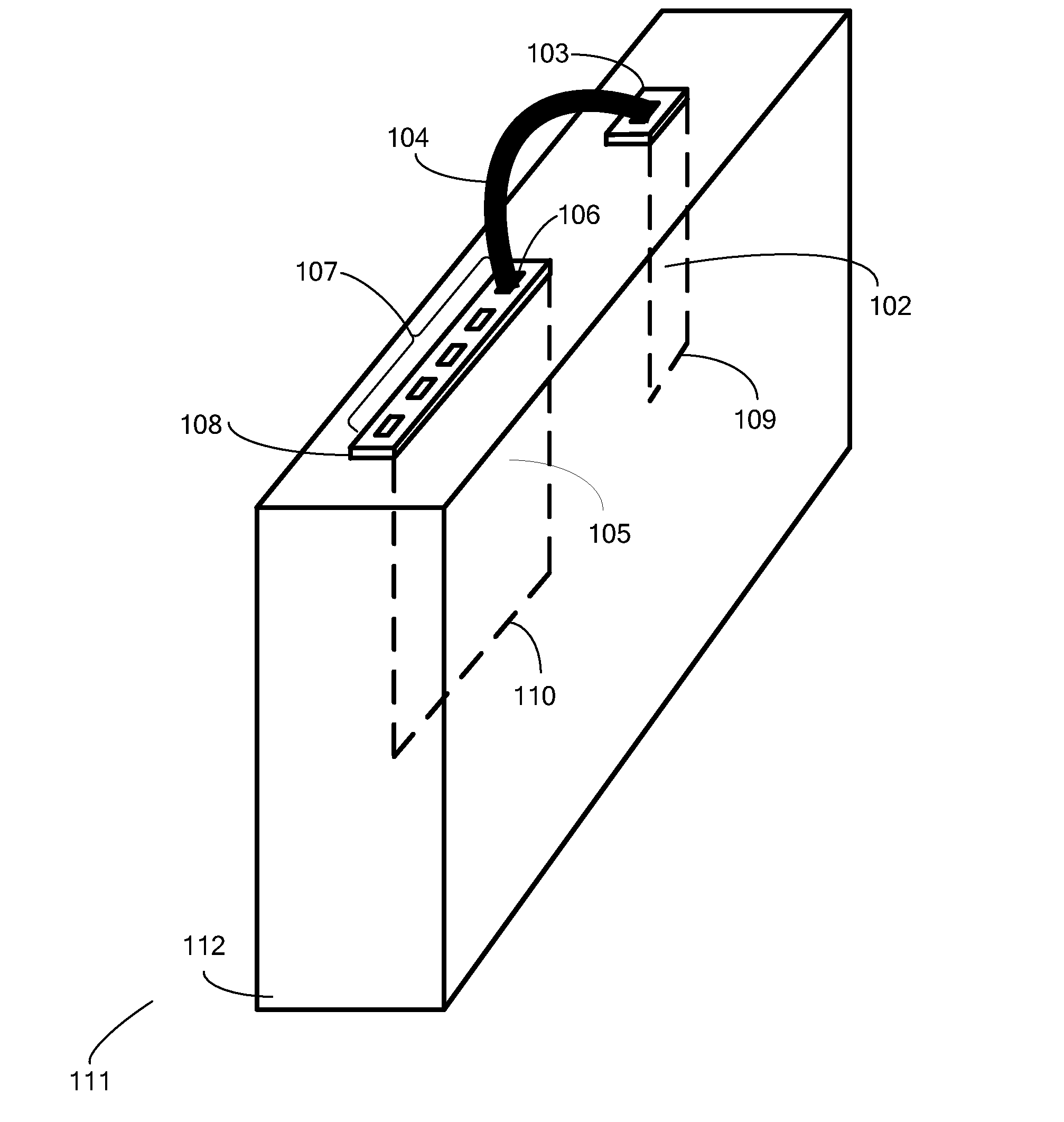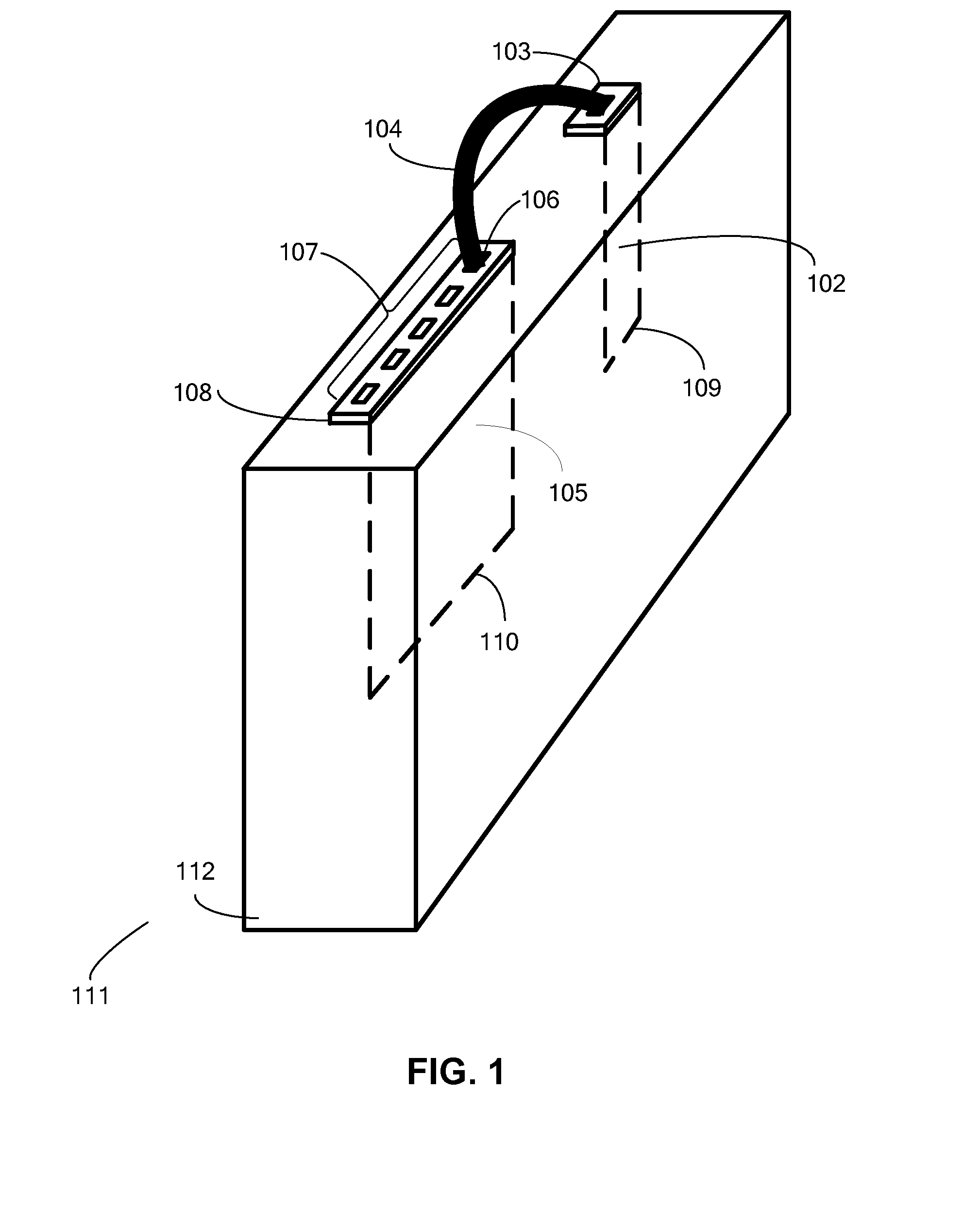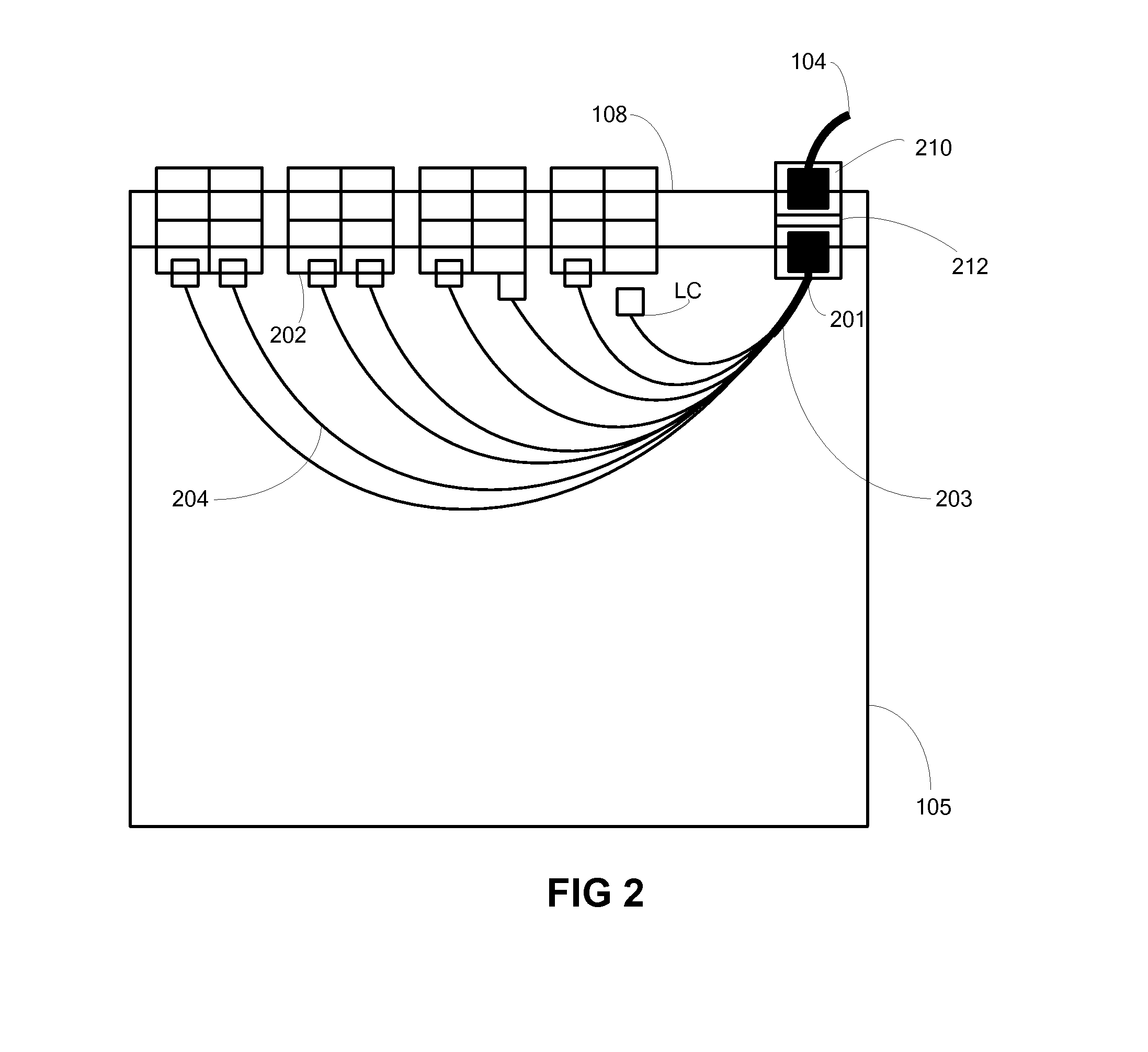Systems and apparatuses for providing conversion from a first optical connector to multiple second optical connectors
a technology of optical connectors and conversion systems, applied in the field of communication equipment, can solve the problems of insufficient surface area to accommodate a plurality of 10 g interfaces, configuration can suffer from fiber length mismatch issues, and the number of optical devices can be shortened, so as to achieve the effect of reducing costs
- Summary
- Abstract
- Description
- Claims
- Application Information
AI Technical Summary
Benefits of technology
Problems solved by technology
Method used
Image
Examples
Embodiment Construction
[0026]The present application presents several novel and inventive approaches for combining the capabilities of multiple pluggable optical devices, such as optical transceivers, to enable at least one of them to accommodate at least one functional capability that it would not otherwise be able to accommodate.
[0027]As described above, generally it is difficult, if not impossible, to make pluggable optical devices of the small form-factor pluggable plus (QSFP+) type accommodate a plurality of 10 G interfaces, owing to the amount of space that would be required for the associated connectors. Thus, such QSFP+ devices generally do not operate with direct 10 G-capable connections that would be used to connect to, for example, external client equipment. However, according to an example aspect herein, a configuration is provided that enables a pluggable optical device, such as a QSFP+ optical device, to operate with such a capability.
[0028]By example only, one example embodiment herein enab...
PUM
 Login to View More
Login to View More Abstract
Description
Claims
Application Information
 Login to View More
Login to View More - R&D
- Intellectual Property
- Life Sciences
- Materials
- Tech Scout
- Unparalleled Data Quality
- Higher Quality Content
- 60% Fewer Hallucinations
Browse by: Latest US Patents, China's latest patents, Technical Efficacy Thesaurus, Application Domain, Technology Topic, Popular Technical Reports.
© 2025 PatSnap. All rights reserved.Legal|Privacy policy|Modern Slavery Act Transparency Statement|Sitemap|About US| Contact US: help@patsnap.com



